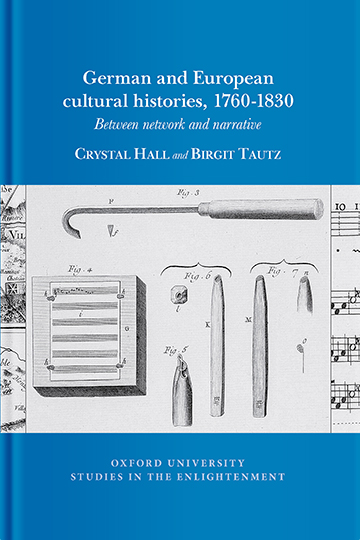
- Publisher: Liverpool University Press
- Available in: Paperback, eBook
- ISBN: 9781837644728
- Published: January 8, 2024
This volume plays on the double meaning of network in German and European Studies: configurations of people, objects, and texts as well as network analysis, the dominant Digital Humanities (DH) method featured in the book. Contributions from art history, history of the book, history, literary studies, and musicology contemplate the strengths and weakness of treating the period 1789-1810 as either continuous with or a departure from the centuries before and after by examining different facets of the longer period 1760-1830. While many chapters investigate German material, nearly all expand into other European cultures and cover important regions, protagonists, objects and constellations of bi-and multilingual life. They intersect Italian, French, and English networks and reach across the Atlantic into New England. The period’s bookends indicate a threshold or terminus for traditions, institutions, and national identities in Europe: marking the French Revolution (and its effects across the continent culminating on the Wars again Napoleon) and at times reactionary responses with delineation of national, regional, or group identities, respectively, and perhaps most pronounced in the aftermath of the Congress of Vienna (1814-15). Overall, the collection of eleven chapters, introduction, and an epilogue explores European cultural histories at the turn of the nineteenth century in a nonlinear manner, that is, by accumulating critical perspectives on people, objects, and texts that test the boundaries of narratives of transmission, organization, and cohesion that often mark scholarly evaluations of this period in European history.